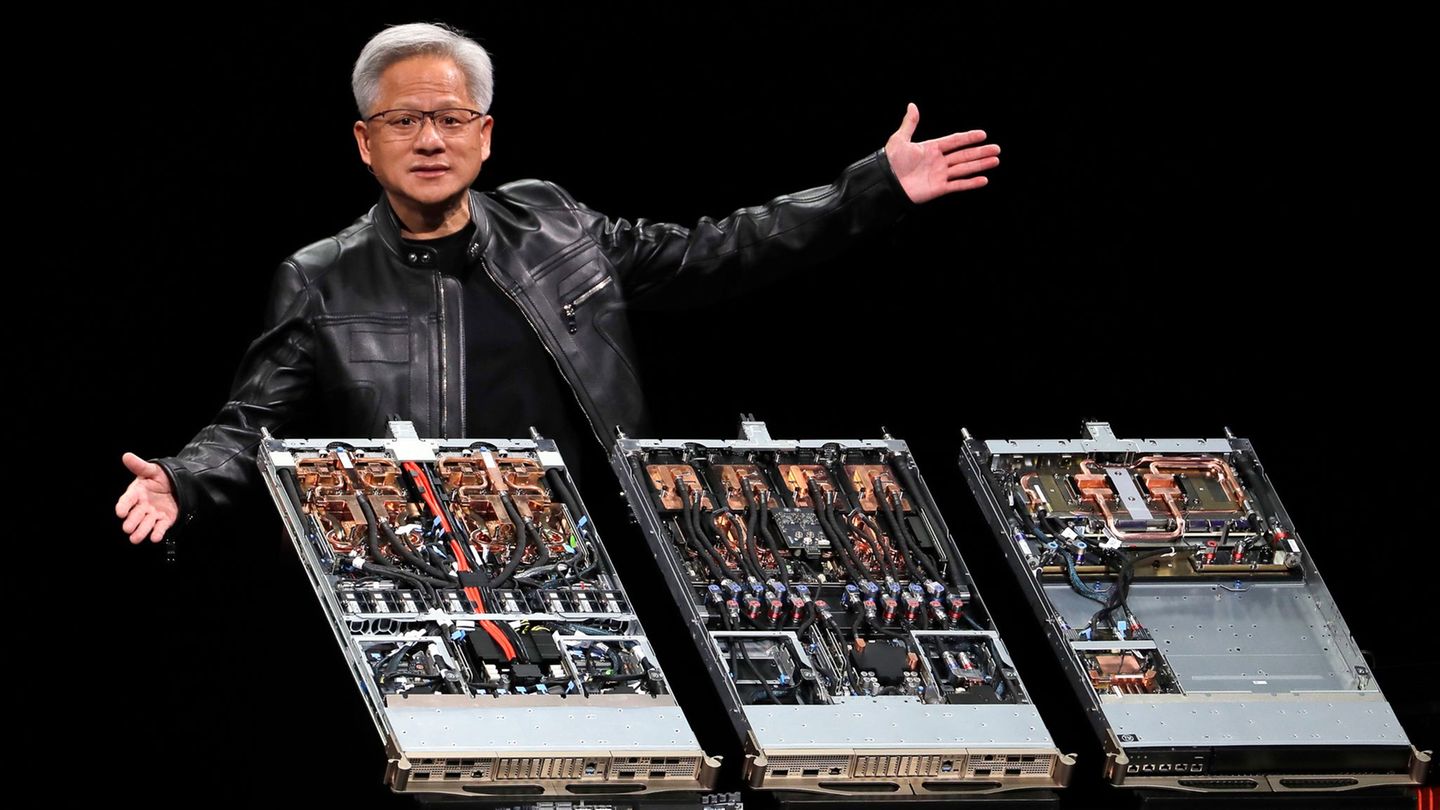An important leap in this sense occurred in 2015, when through the Ethereum Blockchain (the second most important Blockchain in the crypto world), the so-called “Smart Contracts” were incorporated, small programs that register on the network the which cannot be modified nor prevented from auto-executing. What is called “programmable money”
By means of these “smart contracts” practically the same financial operations of the traditional system have been mirrored. In addition, new and innovative instruments have been developed with characteristics typical of the DeFi sector, such as the creation of stable cryptocurrencies (DAI), the “tokenization” of easily tradable assets, the generation of liquidity pools, or the development of token markets. expendable and non-expendable, among other activities.
Within a wide range, the main businesses (and some of its main exponents) on which this industry has turned are: credit (AAVE), the negotiation of crypto products in decentralized markets -DEX- (Uniswap, dYdX), Market generators for non-fungible tokens (Opensea), payment processing (Flexa), insurance (Nexus Mutual), investing in assets and derivative products (dY dX, Synthetix), or tokenizing fungible assets such as “gold-backed tokens” (backed by gold). Some of these platforms simultaneously offer several of these services to their clients. An Argentine experience of this DeFi segment is that of Agrotoken used to tokenize crops.
Likewise, the peculiar characteristic of this system where users maintain greater control over their assets, the anonymity and the rewards they sometimes receive have made it easier for these DeFi platforms to also expand their activities to other businesses such as betting or the gaming industry. .
Despite the various difficulties that the crypto world faced in the last year, according to a report from the Financial Stability Forum last December, DeFi has been the subsystem that has grown the most during 2022. A generally accepted way of measuring the size of this segment is calculating the value of the total assets (TVL – Total value locked) that are deposited in guarantee in the different platforms, a figure that currently exceeds 50 billion US dollars.
However, much of the initial promises of Decentralized Finance have been overshadowed by the inherent risks of the sector.
For example, in relation to its security, vulnerabilities have been detected to date in the programming of Smart Contracts that can entail high risks for investors. An iconic case in the crypto world that led to the unfolding of the Ethereum network, occurred in June 2016 when it was discovered that 70 million dollars had been “drained by dripping” from the fund of the so-called “DAO” initiative due to an error in the code. Likewise, the need to receive information from external sources (oracles) that feed the Blockchain has been another vehicle for attacks and manipulations of these contracts.
In terms of greater or lesser decentralization of the DeFi world, it must be taken into account that in the development of these innovative instruments, decisions are based on the so-called “Governance Tokens” that allow, through voting systems, to make decisions about the operation of these platforms. . Depending on how concentrated the possession of these “governance tokens” is, the product will be more or less decentralized.
In relation to efficiency, the Blockchain technology that supports DeFi was originally intended as a distributed ledger system (DLT) based on repeatedly copying the encrypted information to ensure that it cannot be violated. This feature prioritizes network security over efficiency and speed. Given the structure of each chain of blocks and the nature of the financial operations of DeFi (especially the negotiation of assets), congestion has been generated in certain networks, such as the one that has been observed in the Ethereum Blockchain, raising costs in terms of commissions. and significant delays in the execution of operations. Currently, the communities of the ecosystem are actively working on achieving scalability and speed both in Ethereum and in other Blockchains without sacrificing their security; for example, making changes to their consensus mechanisms, or incorporating the so-called zero-knowledge tests in the validation of blocks.
With regard to financial inclusion, the requirement of guarantees that users are usually required to be able to operate in this system has ended up limiting access to those who already have capital, as in the traditional financial system.
Although distributed ledger technology (DLT), and especially the chain of blocks, has generated a revolution by enabling multiple activities to be carried out: commercial, administrative, cultural and social, particularly the financial segment requires a specific look if looking for protect the protection of retail investors and the stability of the financial system.
From a regulatory point of view, the challenge is enormous. If it is already difficult to establish criteria to regulate centralized providers of digital services that have a first and last name, the matter is further complicated by the DeFi universe where the focus falls on anonymous entities. and smart contracts with a decentralized governance system.
Barring the aforementioned programming vulnerabilities, Blockchain technology has proven to be robust enough to support Decentralized Finance. Perhaps for the fulfillment of the initial promises of DeFi to be completed, the effort should focus on non-technical aspects: the strengthening of independent audits on smart contracts, the education of the financial user who uses these innovative instruments and the inexorable participation of regulators working cooperatively with private actors, are some key factors to address this problem.
A new challenge that challenges all the players in the sector.
Professor of Cryptoactives and Digital Currencies at the University of Buenos Aires.
(**) Professor of Information Technology, from the National University of Rosario.
Source: Ambito




